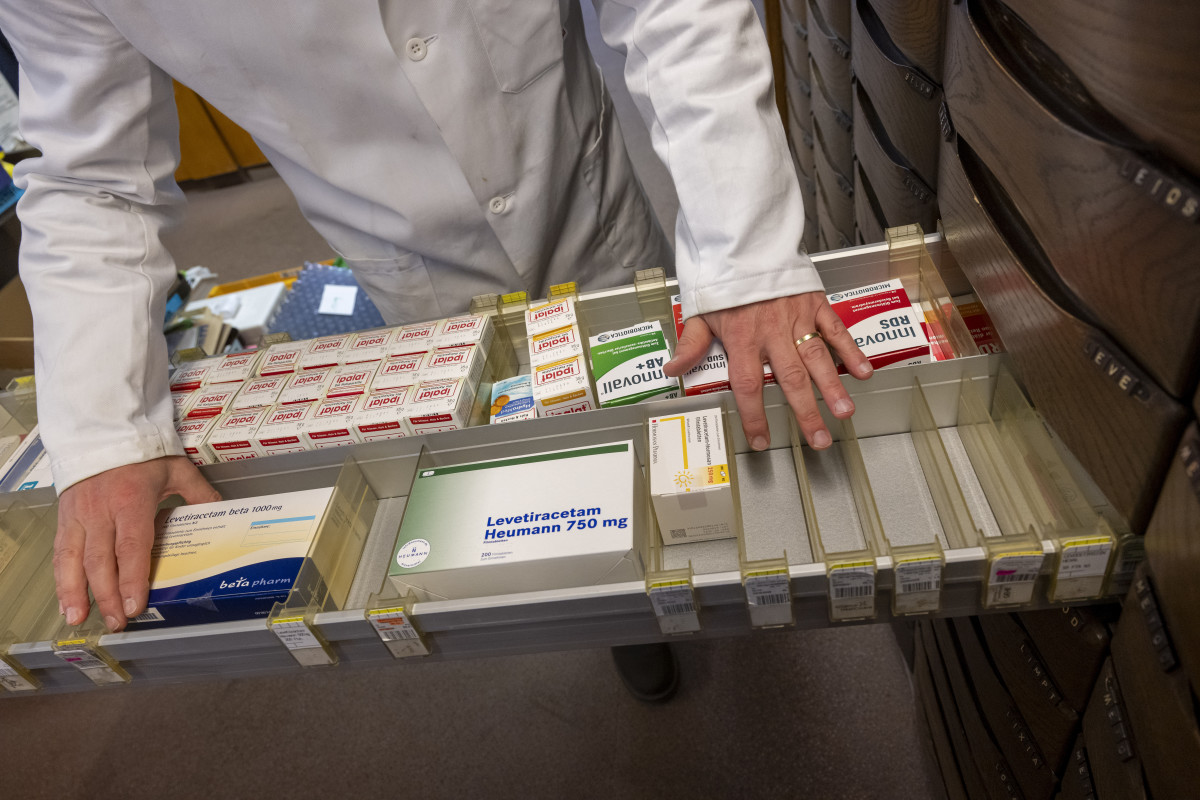Congress takes away a bargain
Published 1:20 pm Monday, July 24, 2017
The National Park Service turned 100 last year, and the venerable agency has not aged particularly well.
Trending
Park Service officials estimate that the backlog of deferred maintenance at the 417 sites they manage would cost about $11.6 billion.
That’s close to four times more money than Congress gives the agency each year.
Critics say President Trump’s proposed budget would worsen the Park Service’s fiscal woes but in one important sense that’s not accurate.
Trending
Although Trump does propose an overall cut in the agency’s budget for the fiscal year that starts Oct. 1, the president’s proposal actually calls for the government to spend $33.3 million more for construction, planning and deferred maintenance in national parks.
And yet, starting Aug. 28, the federal government will boost the cost from $10 to $80 for the lifetime pass people age 62 or older can buy to gain free admission to national parks as well as other recreation sites managed by federal agencies such as the Forest Service and BLM.
We understand that the government hasn’t increased the cost of the senior pass since 1994.
And we appreciate that people who either fail to lock in their $10 bargain before Aug. 28, or who don’t turn 62 until after that date, can buy annual passes for $20 for each of the next four years, and then convert the pass to a lifetime pass for no extra cost.
But $70 is still $70.
And we’re skeptical that the benefits the Park Service will realize from the 7-fold price hike will even come close to offsetting the financial penalty it imposes on people, some of whom have fixed incomes.
Certainly Social Security payments aren’t rising 700 percent.
And it happens that the first $10 million the Park Service collects each year from senior pass sales is deposited in an endowment that might, or might not, be used to actually improve national parks. According to the agency itself, that money must be spent “on projects and activities approved by the Secretary of Interior to further the mission and purpose of the National Park Service.” That’s generic enough a description to include activities other than fixing trails or building new restrooms, to be sure.
Nor is there any guarantee that the rest of the money from senior pass sales, beyond that initial $10 million annually, will do tangible work in national parks. Every dollar in excess of $10 million goes to the National Park Centennial Challenge Fund, which can also be used for a variety of projects but also, crucially, require at least a one-to-one match by non-federal donations.
Federal officials estimate the new, more expensive passes will generate $35 million to $40 million annually.
The bottom line here is that the people who will have to shell out $70 more for a federal pass might never benefit directly from those additional dollars.
The situation is potentially different locally, however.
Although there are no national parks in Baker County, both the BLM and the Forest Service also sell senior passes. The key difference is that when those agencies sell passes locally — at, say, the BLM’s Oregon Trail Interpretive Center — at least 80 percent of the money is spent on projects at the site where the pass was sold.
Nonetheless, we can’t imagine how the $70 increase in the senior pass fee can reasonably be deemed a bargain for anybody who buys one. At least people who buy one at the Interpretive Center are more likely to see an actual effect than if they plunk down their dollars at, say, Yosemite or Yellowstone.
In the meantime, we urge anybody who will turn 62 before Aug. 28 to buy their $10 lifetime pass as soon as possible.









